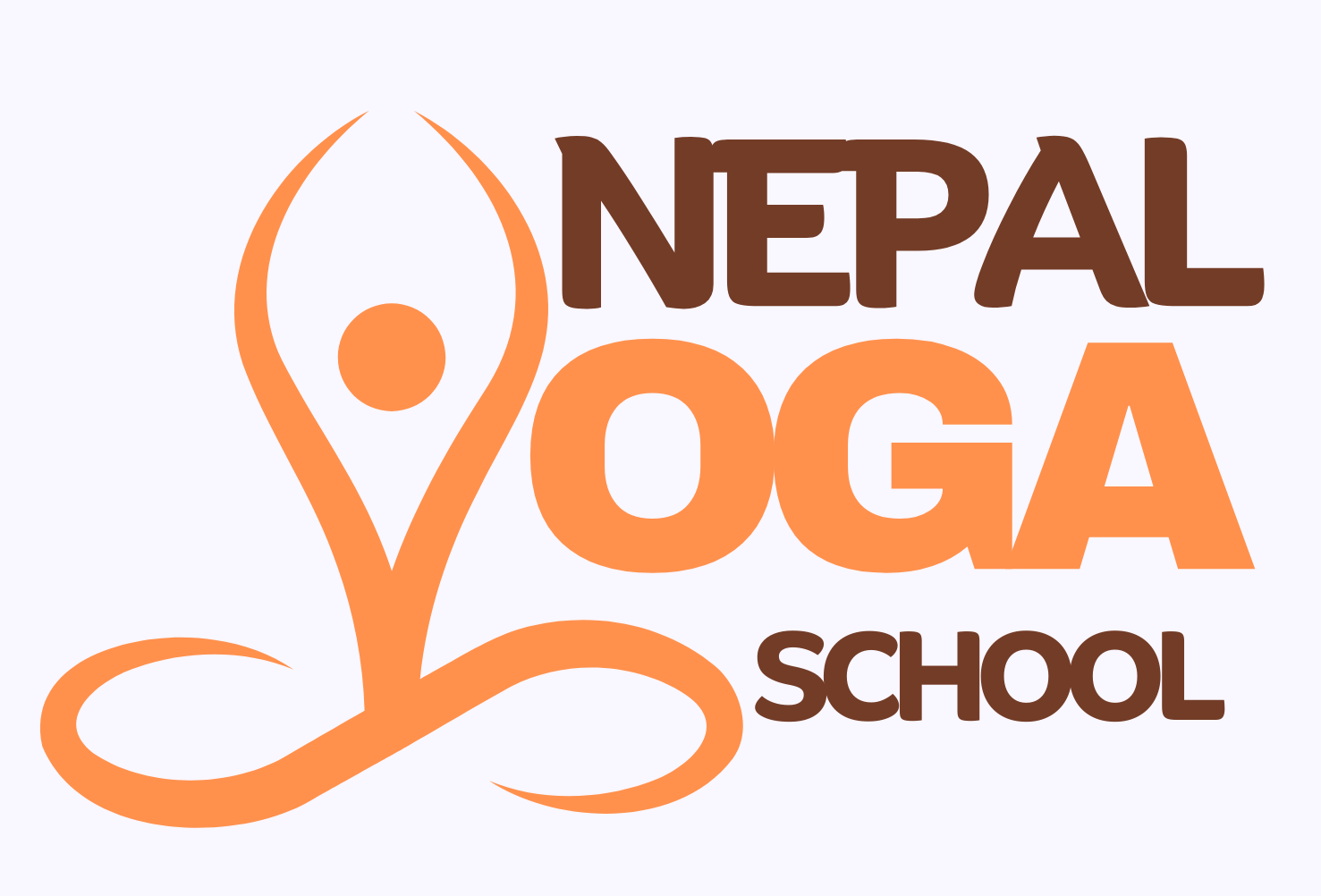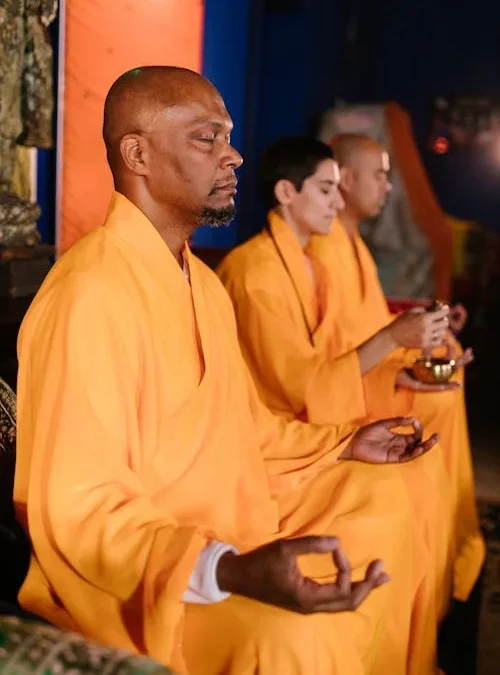In our fast-paced world, many people feel stressed and overwhelmed. Life is full of challenges and pressures, from school assignments to work deadlines, and it is easy to feel like we don’t have time to take care of ourselves. That’s where guided meditation and yoga come in. These two practices are powerful tools that help us find a path to inner peace and happiness. They are not just for adults; teenagers and even children can benefit from them too.
In this essay, we will explore what guided meditation and yoga are, their benefits, how to get started, and some simple techniques you can try. We’ll also discuss how both practices are useful tools to help manage stress and improve overall well-being.
What is Guided Meditation?
Guided meditation is a type of meditation where someone leads you through the process. This person, often called a meditation guide or instructor, helps you focus your mind and relax your body. The guide can be present with you physically, or you might listen to them through recordings like podcasts, videos, or apps. This guidance is especially helpful for beginners who may not know how to meditate on their own.
In a guided meditation session, the guide usually starts by asking you to sit or lie down in a comfortable position. Then, they might ask you to close your eyes and take deep breaths. Using a soothing voice, the guide leads you through visualization exercises, breathing techniques, or affirmations. These exercises can help you focus on the present moment, letting go of stress and anxiety.
One of the great things about guided meditation is that it can be done anywhere, at any time. You can do it in the morning to start your day with a clear mind, during a break at school or work to recharge, or before bed to help you sleep better. The flexibility and simplicity of guided meditation make it an accessible practice for everyone.
The Benefits of Guided Meditation and Yoga
Both guided meditation and yoga offer a wide range of benefits for our physical and mental health. Here are some of the key benefits:
Reduces Stress and Anxiety
Guided meditation helps reduce cortisol levels by promoting relaxation and mindfulness. When we focus on the present moment and let go of our worries, we give our minds and bodies a chance to relax and recharge. Similarly, yoga helps release tension in our muscles and promotes a sense of calm and peace.
Improves Focus and Concentration
Improved focus can lead to better performance in school or work, as well as a greater sense of accomplishment. It can also make everyday activities more enjoyable, as we are able to fully engage in the moment. Guided meditation is particularly effective at helping people develop mindfulness, which is the ability to be aware of and present in the moment.
Enhances Physical Health
Yoga also has a positive impact on our cardiovascular health. The deep breathing exercises, known as pranayama, help improve lung capacity and oxygen flow to the body. This can lead to better heart health and increased endurance.
While guided meditation is more focused on mental well-being, it complements yoga by reducing stress, which can lead to various physical health benefits. Together, they create a powerful combination for overall health improvement.
Promotes Better Sleep
Many people struggle with sleep problems, such as insomnia or difficulty falling asleep. Guided meditation and yoga can help promote better sleep by relaxing the mind and body. When we practice these techniques before bed, we create a peaceful environment that makes it easier to fall asleep and stay asleep.
Better sleep leads to improved mood, better concentration, and a stronger immune system. It also allows our bodies to repair and rejuvenate, which is essential for overall health and well-being. Guided meditation often includes practices like body scans and deep breathing exercises that specifically target sleep improvement.
Boosts Self-Esteem and Confidence
Guided meditation and yoga can also boost self-esteem and confidence. When we practice mindfulness, we become more aware of our thoughts and feelings. This self-awareness allows us to identify negative thought patterns and replace them with positive ones.
Yoga encourages us to listen to our bodies and appreciate our strengths. As we become more skilled in yoga, we gain confidence in our abilities and learn to trust ourselves. This newfound confidence can extend to other areas of our lives, helping us tackle challenges with a positive attitude.
Encourages Mindfulness
Mindfulness is the practice of being present and fully engaged in the current moment. Both guided meditation and yoga are powerful tools for cultivating mindfulness. By focusing on our breath, body sensations, and thoughts, we learn to live in the present rather than worrying about the past or future.
Mindfulness has been shown to have numerous benefits, including reducing stress, improving mental clarity, and enhancing emotional well-being. Regular practice of guided meditation and yoga can lead to a more mindful approach to life, allowing us to enjoy each moment and make more conscious decisions.
How to Get Started with Guided Meditation and Yoga
Getting started with guided meditation and yoga is easy and doesn’t require any special equipment or experience. Here are some simple steps to help you begin your journey to inner peace:
Find a Quiet Space
The first step is to find a quiet space where you can practice without distractions. This can be a room in your house, a spot in your backyard, or even a corner in your office or school. Make sure the space is comfortable and free from noise or interruptions.
Choose the Right Time
Choose a time of day that works best for you. Some people prefer to practice in the morning to start their day with a clear mind, while others find it helpful to practice in the evening to unwind and relax. Experiment with different times to see what feels best for you.
Start with Guided Meditation
If you’re new to meditation, starting with guided meditation is a great way to learn the basics. You can find guided meditation recordings online, in apps, or through local classes. Choose a recording that resonates with you and follow along with the guide’s instructions.
Begin with short sessions, around 5 to 10 minutes, and gradually increase the length as you become more comfortable with the practice. Remember, the goal is to relax and let go of stress, not to achieve perfection.
Incorporate Yoga
Once you’re comfortable with guided meditation, consider incorporating yoga into your routine. Start with simple poses and focus on your breathing as you move through each posture. There are plenty of online resources, videos, and classes available for beginners.
Remember to listen to your body and avoid pushing yourself too hard. Yoga is about finding balance and harmony, so it’s important to practice with patience and kindness towards yourself.
Stay Consistent
Consistency is key when it comes to reaping the benefits of guided meditation and yoga. Try to practice regularly, even if it’s just a few minutes each day. Over time, you’ll notice positive changes in your mental and physical well-being.
Simple Guided Meditation Techniques
Deep Breathing
- Find a comfortable position: Sit or lie down in a comfortable position. Close your eyes and relax your body.
- Focus on your breath: Take a deep breath in through your nose, filling your lungs with air. Hold your breath for a few seconds, then slowly exhale through your mouth. Feel the sensation of your breath as it moves in and out of your body.
- Repeat: Continue this deep breathing pattern for a few minutes, focusing solely on the rhythm of your breath. Let any thoughts or distractions drift away as you center your attention on your breathing.
Body Scan
- Relax your body: Lie down in a comfortable position with your eyes closed. Take a few deep breaths to relax.
- Begin the scan: Starting at the top of your head, slowly bring your attention to each part of your body. Notice any tension, discomfort, or sensations as you move your focus from head to toe.
- Release tension: As you scan each part of your body, imagine releasing any tension or tightness. Allow each area to relax completely before moving on to the next part.
- Complete the scan: Once you’ve scanned your entire body, take a few moments to breathe deeply and enjoy the sense of relaxation.
Visualization
- Get comfortable: Sit or lie down in a comfortable position, closing your eyes and taking a few deep breaths to relax.
- Create a peaceful scene: Imagine a peaceful place, such as a beach, forest, or garden. Picture yourself in this place, taking in the sights, sounds, and smells.
- Engage your senses: Visualize yourself walking around this tranquil environment. Feel the warmth of the sun, hear the sound of waves, or smell the flowers around you.
- Stay present: Spend a few minutes enjoying the tranquility of this visualization, allowing yourself to feel completely relaxed and at peace.
Loving-Kindness Meditation
- Find a comfortable position: Sit or lie down in a comfortable position and close your eyes.
- Focus on self-love: Begin by directing positive thoughts and feelings toward yourself. Repeat phrases like “May I be happy, may I be healthy, may I be at peace.”
- Extend love to others: Gradually extend these feelings of loving-kindness to others in your life, such as family, friends, and even strangers. Visualize them in your mind as you wish them happiness and well-being.
- Expand to the world: Finally, extend these feelings to the world around you, embracing all living beings with love and compassion.
Conclusion
Guided meditation and yoga offer a powerful path to inner peace and well-being. These practices help us manage stress, improve focus, enhance physical health, promote better sleep, and boost confidence. They are accessible to everyone, regardless of age or experience, and can be practiced anywhere.
Guided meditation and yoga are not just tools for relaxation; they are pathways to a more mindful and fulfilling life. As we continue to practice and explore these techniques, we discover the beauty of living in the present moment and the profound impact they can have on our lives. Let us embrace the power of guided meditation and yoga as we seek to find inner peace and harmony in our daily lives.

